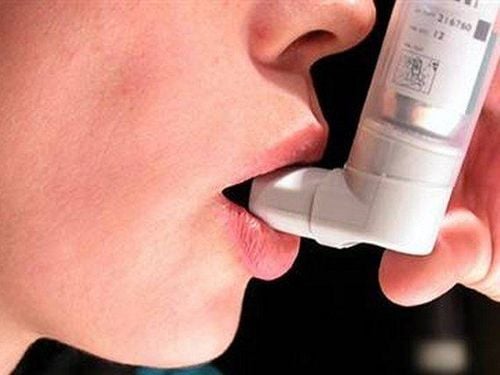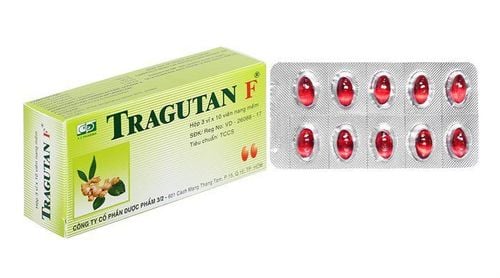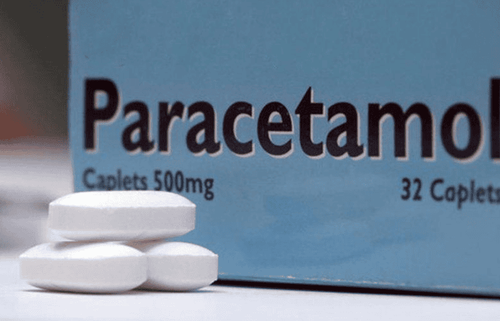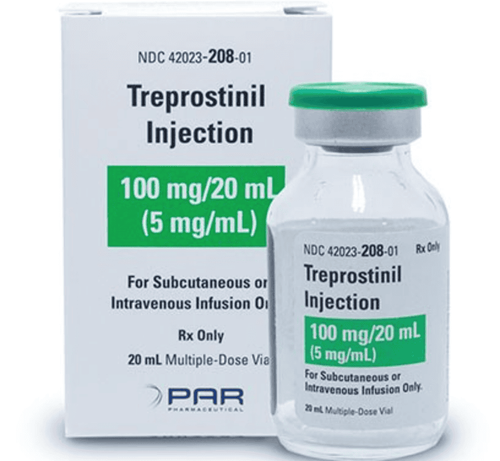This is an automatically translated article.
The article was written by Specialist Doctor I Trieu Thi Hong Thai - Neonatology Department - Vinmec Times City International General Hospital.
The respiratory and circulatory systems of newborns, especially premature babies, have not been completely converted from the fetal respiratory and circulatory systems after birth and need time to mature. Therefore, children are more prone to respiratory failure and circulatory failure than full-term children.
When the newborn has difficulty breathing, the respiratory system will not provide enough oxygen to the body tissues, especially the vital organs (heart, brain, kidney, liver). Children are easy to switch to disorders caused by severe hypoxia such as: persistent pulmonary hypertension, heart failure, enteritis, kidney failure ...
Provide respiratory support for children in time to help organs and tissues have enough Nourish / provide oxygen, avoid serious damage and complications. Methods of respiratory support for infants are divided into several levels, depending on the child's condition and ability to respond.
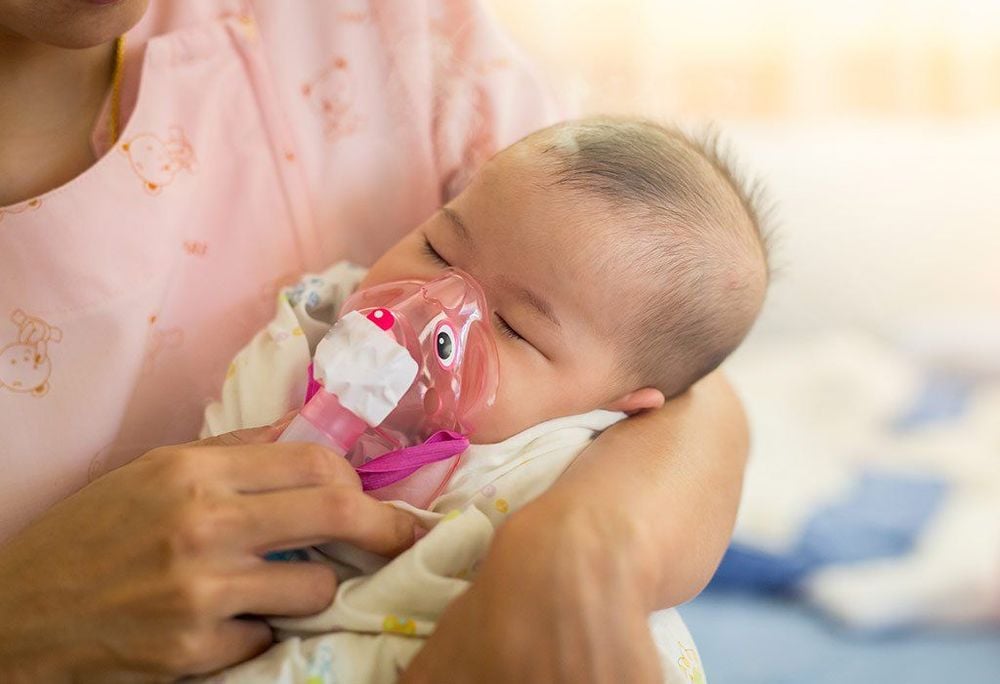
1. Non-invasive methods of respiratory support (not intubation)
Indicated after the invasive respiratory support phase or for children with mild respiratory failure - moderate response. Includes:
Only oxygen support: usually with cases of respiratory failure in term infants, or the period after weaning from mechanical ventilation. For example: Breathing oxygen with a cage Breathing with an oxygen mask Breathing with a cage Oxygen Support both pressure and oxygen through the nose: breathing NCPAP is especially popular for premature babies to help expand the lungs, to support lung expansion when pumping Surfactant .
NCPAP (Nasal continuous positive airway pressure): The child is continuously supported with 1 positive pressure at the end of expiration to help the lungs expand better, reduce exertion, and reduce apnea for the child. HFNC (High-flow nasal cannula) breathing: Using high-flow, warmed, moist air to support the child through the nasal bridge, helps the child to have better gas exchange, reduces apnea, but the pressure is very low. . Nasal mechanical ventilation: support the child both inspiratory pressure and positive end-expiratory pressure. Risks: damage to the nose, nasal septum, pneumothorax.

2. Invasive respiratory support methods (child needing endotracheal intubation)
Indicated when non-invasive support has been given but the effect is poor or ineffective, the child is still struggling to breathe and the oxygen exchange is not up to the target. Or in some diseases that are contraindicated to non-invasive respiratory support such as: diaphragmatic hernia, children who stop breathing, narrowing of the posterior nostrils....Include breathing modes:
Normal mechanical ventilation HFO ventilation : for more severe cases: such as meconium aspiration, pulmonary hypertension, pulmonary bleeding, high risk of pneumothorax... HFO mechanical ventilation + iNO inhalation: for children with increased pressure severe pulmonary artery disease because iNO is a gas supporting pulmonary vasodilation. ECMO: is an artificial cardiac and/or pulmonary circulatory system that replaces the entire lung function when the lung damage is very severe and does not respond to other methods of respiratory support. Risks of complications when children on invasive ventilators: Trauma due to pressure: pneumothorax, emphysema,... hospital pneumonia,...
Pediatrics at the International General Hospital system Vinmec is the address for receiving and examining diseases that infants as well as young children are susceptible to: viral fever, bacterial fever, otitis media, pneumonia in children, .... With modern equipment , sterile space, minimizing the impact as well as the risk of disease spread. Along with that is the dedication from the doctors with professional experience with pediatric patients, making the examination no longer a concern of the parents.
Please dial HOTLINE for more information or register for an appointment HERE. Download MyVinmec app to make appointments faster and to manage your bookings easily.





